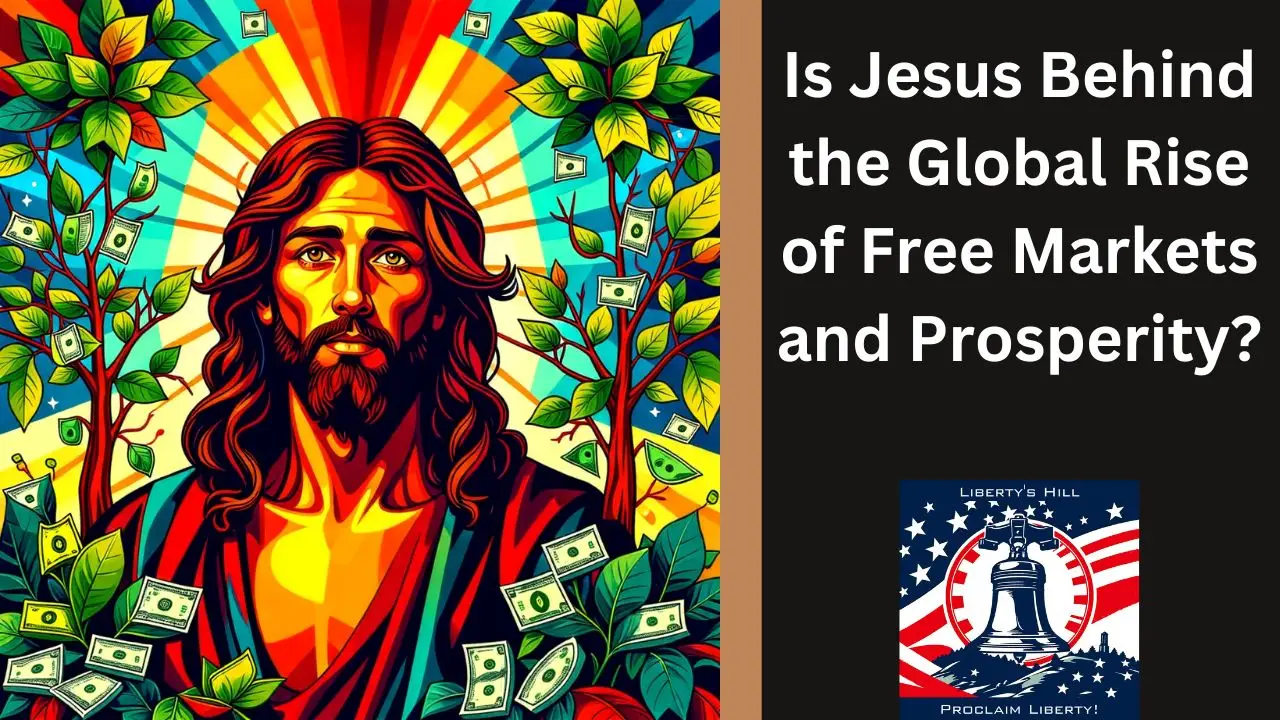The concept of resurrection transcends mere physical revival; it embodies a profound transformation that resonates deeply within the human experience. The fruits of the resurrection symbolize the potential for renewal and regeneration in various aspects of life, offering a pathway to liberty, justice, and prosperity. These fruits are not just abstract ideals but tangible outcomes that can be realized in our daily lives and communities.
They invite individuals to reflect on their own journeys and the collective journey of humanity, encouraging a deeper understanding of how resurrection can manifest in our world. In many religious traditions, resurrection signifies hope and the promise of new beginnings. It serves as a reminder that even in the face of despair, there exists the possibility for rebirth and rejuvenation.
This transformative power is not limited to spiritual contexts; it extends into social, economic, and political realms, influencing how societies can evolve and thrive. By exploring the fruits of the resurrection, we can uncover the essential elements that contribute to a flourishing existence, ultimately leading to a more just and equitable world.
Key Takeaways
- The resurrection brings hope and new life, offering the promise of positive change and transformation.
- Liberty allows individuals to thrive and reach their full potential, fostering creativity and innovation.
- Justice seeks to create a balanced and fair society, where everyone has equal opportunities and rights.
- Prosperity brings abundance and blessings, allowing for the flourishing of individuals and communities.
- Faith and belief play a crucial role in achieving liberty, justice, and prosperity, providing a moral compass and guiding principles.
Liberty: The Freedom to Flourish
The Empowering Nature of Liberty
In a society where liberty flourishes, people are empowered to express themselves freely, engage in meaningful work, and contribute to their communities without fear of retribution or discrimination. This freedom is essential for personal growth and societal advancement, as it fosters an environment where creativity and innovation can thrive.
The Resurrection as a Metaphor for Liberation
The resurrection metaphorically illustrates the liberation from constraints that bind individuals and communities. Just as the resurrection signifies a triumph over death and despair, the pursuit of liberty embodies a struggle against injustice and inequality.
Historical Movements for Civil Rights
Historical movements for civil rights, such as the abolition of slavery or the fight for women’s suffrage, exemplify how the quest for liberty can lead to profound societal change. These movements often draw inspiration from the idea of resurrection, emphasizing that through collective action and unwavering belief in justice, societies can rise from the ashes of oppression to embrace a future filled with hope and possibility.
Justice: Restoring Balance and Fairness

Justice is another vital fruit of the resurrection, representing the restoration of balance and fairness within society. It is an essential component of any thriving community, ensuring that individuals are treated equitably and that their rights are upheld. The resurrection narrative often emphasizes themes of redemption and reconciliation, highlighting the importance of addressing past wrongs to create a more just future.
This process involves acknowledging historical injustices and working towards healing and restoration for those affected. In practical terms, justice manifests through legal systems that uphold individual rights and provide mechanisms for accountability. However, true justice extends beyond mere legal frameworks; it encompasses social justice, economic equity, and environmental stewardship.
The resurrection’s call for justice urges us to confront systemic inequalities that persist in our societies today. For instance, movements advocating for racial equality or environmental justice draw upon the principles of resurrection by seeking to dismantle oppressive structures and create a more equitable world for all. By striving for justice, we honor the transformative power of resurrection and work towards a society where every individual can thrive.
Prosperity: Abundance and Blessings
| Country | GDP per capita | Unemployment Rate | Life Expectancy |
|---|---|---|---|
| United States | 65,298 | 3.7% | 78.9 years |
| Germany | 47,603 | 3.1% | 81.2 years |
| Japan | 40,246 | 2.4% | 84.6 years |
Prosperity is often viewed as a direct result of liberty and justice, representing an abundance of resources, opportunities, and blessings available to individuals and communities. The fruits of prosperity are not solely material wealth; they encompass emotional well-being, social connections, and spiritual fulfillment. In a society that embraces the principles of resurrection, prosperity becomes accessible to all, fostering an environment where individuals can flourish in various dimensions of life.
The resurrection narrative encourages us to envision a world where abundance is shared rather than hoarded. This perspective challenges prevailing notions of scarcity that often lead to competition and division among individuals. Instead, it promotes collaboration and mutual support as pathways to collective prosperity.
For example, community initiatives that focus on sustainable development or cooperative business models exemplify how prosperity can be achieved through shared resources and collective efforts. By embracing the fruits of prosperity rooted in resurrection principles, societies can cultivate environments where everyone has the opportunity to thrive.
The Impact of the Resurrection on Society
The impact of the resurrection extends far beyond individual lives; it reverberates throughout society as a whole. When communities embrace the fruits of resurrection—liberty, justice, and prosperity—they create a ripple effect that transforms social dynamics and fosters resilience. Societies that prioritize these values tend to experience greater social cohesion, reduced conflict, and enhanced overall well-being among their members.
Historically, periods marked by significant social change often coincide with movements inspired by resurrection themes. The civil rights movement in the United States serves as a poignant example; leaders like Martin Luther King Jr. invoked notions of resurrection to inspire hope and mobilize communities toward justice and equality.
Similarly, global movements advocating for climate action draw upon the idea of resurrection to emphasize the urgent need for renewal in our relationship with the planet. By recognizing the interconnectedness of these movements with the fruits of resurrection, we can better understand how collective action can lead to meaningful societal transformation.
The Role of Faith and Belief in Achieving Liberty, Justice, and Prosperity

Faith and belief play pivotal roles in realizing the fruits of the resurrection within society. They serve as catalysts for change, inspiring individuals to pursue liberty, advocate for justice, and strive for prosperity. Faith provides a framework through which people can envision a better future, motivating them to take action in their communities.
Whether rooted in religious traditions or secular philosophies, belief systems shape our values and guide our efforts toward achieving these ideals. For instance, many social justice movements draw strength from faith-based organizations that mobilize communities around shared values of compassion and equity. These organizations often provide essential support systems for marginalized groups while advocating for systemic change at local and national levels.
The intersection of faith and activism illustrates how belief can empower individuals to challenge injustices and work towards creating a more just society. By harnessing the transformative power of faith, communities can cultivate resilience in their pursuit of liberty, justice, and prosperity.
Overcoming Challenges and Obstacles in Pursuit of the Fruits of the Resurrection
While the fruits of the resurrection offer a vision for a better world, achieving these ideals is not without its challenges. Societal obstacles such as systemic inequality, entrenched power structures, and cultural resistance can hinder progress toward liberty, justice, and prosperity. Recognizing these challenges is crucial for developing effective strategies to overcome them.
One significant challenge lies in addressing deeply rooted prejudices that perpetuate discrimination and inequality. Overcoming these biases requires intentional efforts to foster dialogue and understanding among diverse groups. Educational initiatives that promote inclusivity and empathy can play a vital role in dismantling stereotypes and building bridges between communities.
Additionally, advocacy efforts aimed at reforming policies that perpetuate injustice are essential for creating lasting change. By confronting these obstacles head-on with determination and resilience, individuals and communities can pave the way for a future where the fruits of resurrection are fully realized.
Embracing the Fruits of the Resurrection for a Better World
Embracing the fruits of the resurrection is not merely an aspirational goal; it is an active commitment to creating a better world for ourselves and future generations. By prioritizing liberty, justice, and prosperity in our personal lives and communities, we contribute to a collective movement toward transformation. This journey requires ongoing reflection on our values and actions as we strive to embody these principles in our daily interactions.
As we navigate an increasingly complex world marked by challenges such as climate change, social unrest, and economic disparity, the call to embrace the fruits of resurrection becomes even more urgent. It invites us to envision a future where every individual has access to opportunities for growth and fulfillment while living in harmony with one another and the planet. By fostering environments that celebrate diversity, promote equity, and encourage collaboration, we can collectively work towards realizing the profound potential inherent in the fruits of resurrection—a world characterized by hope, renewal, and shared abundance.


